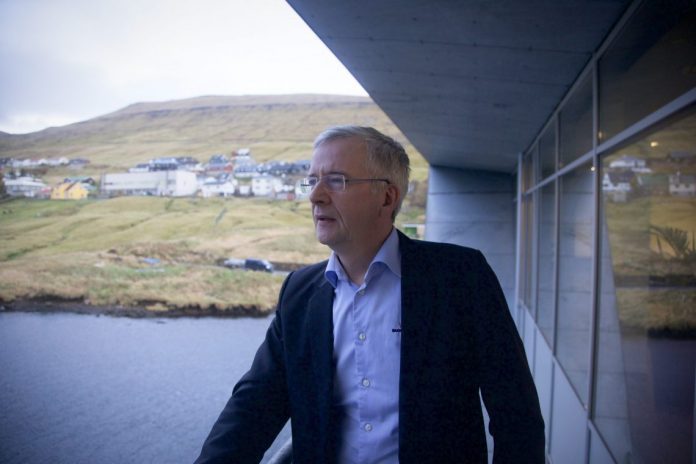Bakkafrost numbers reflect gradual improvement in the market.
On Tuesday, the Faroe Islands based salmon farmer, Bakkafrost released its Q2 results. The company delivered a total operating EBIT of DKK 407.5 million (€54.7 million) for the quarter. The combined FO farming and VAP segments made an operational EBIT of DKK 348.4 million (€46.8 million).
Turnover rose to DKK 1.62 billion (€218 million) in the second quarter from DKK 1.13 billion (€152 million) at the same time last year.
Total harvested volumes were 28.2 thousand tonnes gutted weight:
Faroe Islands: 17.6 tonnes
Scotland: 10.6 tonnes.
Commenting on the result, CEO Regin Jacobsen said: “Overall, we are satisfied with the results from this quarter. Despite the salmon market still being somewhat hampered by the Covid-19 pandemic, the market was quite strong in the quarter. Especially the US market has been strong and taken increasing volumes of salmon. The global harvest was only 1% up, compared to the same quarter last year. However, inventories have been released resulting in an increase in global supply of nearly 9%, compared to the second quarter last year.”
Continuing, he said, “Looking ahead, the salmon market outlook is tight for the rest of 2021 as well as for H1 2022. We are especially pleased with the progress made in our hatcheries in the Faroe Islands from which we in this quarter released 3.2 million smolt with an average size of 422g. Hence, we are closing in on our 500g target in our large-smolt strategy. We are very excited about this development and that our ongoing expansions of hatcheries in the Faroe Islands and in Scotland is progressing well. Especially in Scotland, having larger smolts is a key enabler for improving the performance of the farming operation. This is therefore also an important investment area for us, which not only benefits our operation, but also the suppliers in local communities where we operate. In the first half of this year, our sourcing from local suppliers amounted to DKK 876 million in the Faroe Islands and DKK 500 million in Scotland.”

